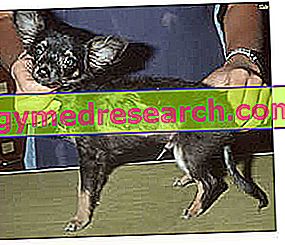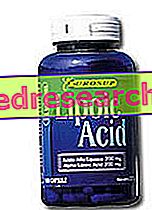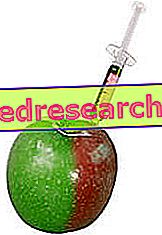Causes
Dermatophytosis is a superficial fungal infection that affects keratinized skin structures - such as nails (onychomycosis), hair and the stratum corneum of various animals - such as dogs, cats, rabbits, cattle, horses.

In companion animals, immunodeficiency states such as FIV (feline immunodeficiency virus) or the use of anti-inflammatories can lead to a lowering of the immune system, with a consequent risk of predisposition to serious infections.
Symptoms
The clinical signs are extremely variable; the classical form is characterized, in the dog and in the cat, by focal or multifocal areas of partial alopecia, with roundish and flaky forms, or with the presence of fragments of broken hair, a few mm long easily removable, and finally with the slight appearance perilesional erythema.
The most affected areas are the head and the extremities.
More often, in the dog the presence of papules or pustules and crusts is also observed, as secondary bacterial infections can be established with the appearance of itching, which in the phase of dermatophytosis instead appears to be absent.
Diagnosis
From the diagnostic point of view we can proceed with Wood's lamp, with which we can identify for example the Microsporum canis, even if not all the strains give fluorescence.
However, the culture test on the grounds remains the diagnostic test of choice, because it allows to evaluate the macroscopic characteristics of the colony and to typify the macroconids by telescope.
Treatment
The success of the therapy depends on the rapid formulation of the diagnosis and on the timely start of treatment with appropriate drugs. Spontaneous healing is rare, sometimes it can be self-limiting, but it can take several months depending on the host and his immune system. It is however always preferable to treat patients both for the zoonotic risk and to reduce the environmental charge and accelerate the healing of the animal. Systemic therapy, more than topical, is the most frequently performed in animals. In animals with long hair, to reduce and prevent the sporogenic environmental charge, it is also recommended to perform the tricotomy and shampoo with imidazole.
Systemic therapy involves the use of griseofulvin (25-30 mg / kg BID), terbinafine (10 mg / kg BID) or alternatively imidazoles (5-10 mg / kg / day), on average for 6-12 weeks, continuing the therapy for at least two weeks beyond the negativity of mycological tests. Griseofulvin, in addition to giving vomiting, diarrhea and anorexia, can give myelosuppression, so it should not be used in people who are HIV positive; furthermore it is teratogenic.
In this with text, some medicinal plants can become a useful therapeutic aid for a topical treatment, alongside the systemic one. In many cases it is sufficient to control with topical products as long as this occurs early.



